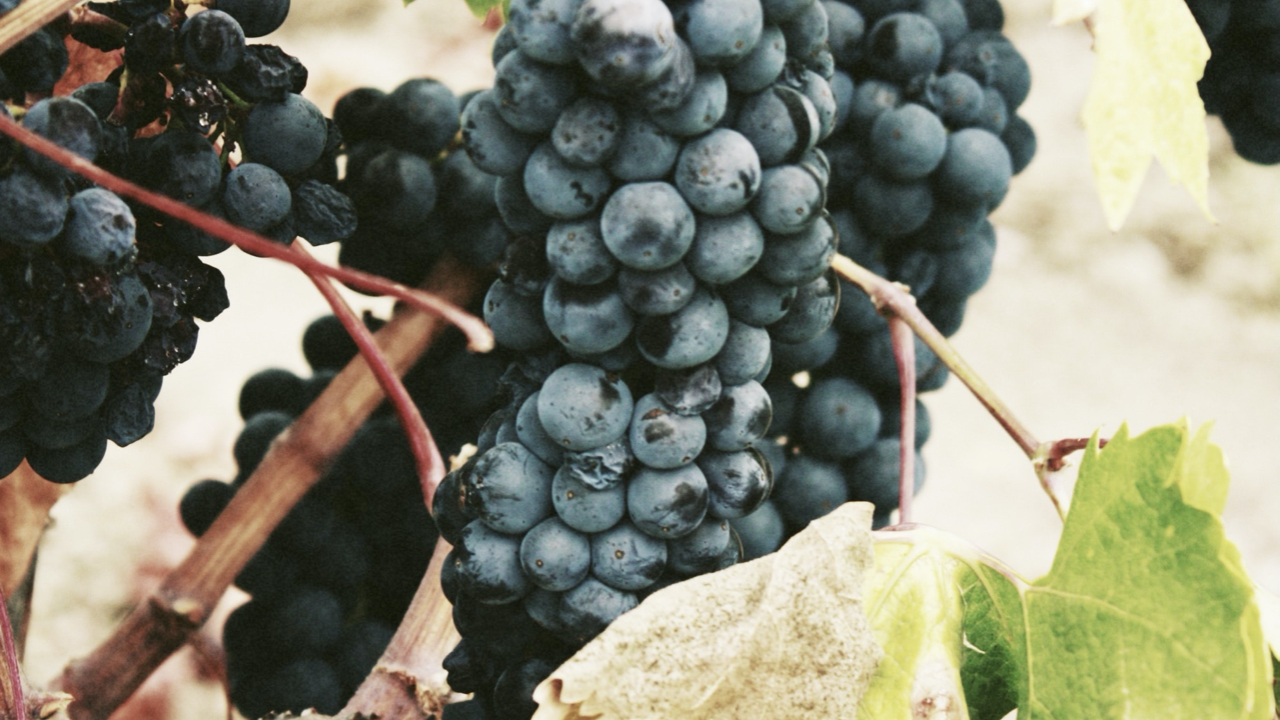The Taste of Tannins: Unraveling the Bitter-Sweet Nature of Wine
Aug 01, 2023
Introduction to The Taste of Tannins
Tannins are a vital element in the world of wine, contributing to the complexity and structure of the beverage we love. Derived from grape skins, seeds, and stems, tannins play a significant role in shaping the taste and mouthfeel of red wines, as well as some whites. In this blog post, we'll delve into the taste of tannins, exploring their bitter-sweet nature and how they enrich our wine-tasting experience.
- Understanding Tannins:
Tannins are polyphenolic compounds found in grape skins, seeds, and stems, as well as in oak barrels used during the aging process. When grapes are crushed and the skins are left in contact with the juice during fermentation, tannins are extracted, resulting in their presence in the finished wine. - The Bitter Aspect:
Tannins are known for their bitterness, which is most pronounced in young wines. When tasting a young red wine, you may notice a dry, puckering sensation in your mouth. This astringent feeling is caused by the interaction between the tannins and the proteins in your saliva. Some wine enthusiasts compare this sensation to that of drinking strong black tea or unsweetened cranberry juice. - The Sweet Aspect:
Interestingly, tannins also contribute to the sweet aspect of wine, particularly as the wine ages. Over time, tannins undergo a chemical process known as polymerization, which softens their impact on the palate. This allows the other flavors in the wine, such as fruitiness and complexity, to shine through more prominently. As a result, well-aged wines often exhibit a smoother, silkier mouthfeel with a perceived sweetness that complements the remaining tannic structure. - Impact on Wine Pairings:
Tannins significantly influence wine pairings with food. Young, tannic wines often pair well with protein-rich dishes, such as red meats, as the astringency of tannins helps cleanse the palate after each bite. On the other hand, wines with softer, well-integrated tannins are more versatile and can pair beautifully with a broader range of cuisines.
Balancing Act:
Winemakers play a crucial role in managing tannins during the winemaking process. The decision to leave the grape skins in contact with the juice for a longer or shorter period, as well as the choice of oak aging, can influence the level of tannins in the final product. Striking the right balance is essential, as excessive tannins can overwhelm the wine's other characteristics, while too little can result in a lack of structure and aging potential.
Conclusion
Tannins add a captivating dimension to wine, embodying a duality of bitter and sweet. In their youth, they impart a dry, astringent quality, leaving a distinct impression on the palate. However, with time and careful aging, tannins transform, contributing to the wine's overall complexity and balance.
As you embark on your wine-tasting journey, pay close attention to the tannins in the wines you try. Notice how they evolve with age, and how their presence enhances the overall experience. From the youthful vigor of bold, tannic reds to the refined elegance of a well-aged wine, tannins bring a fascinating interplay of flavors and sensations that enrich our appreciation of this timeless beverage. So, next time you savor a glass of wine, take a moment to raise it to the intricate nature of tannins, a key ingredient in the artistry of winemaking. Cheers!
Join me for live events where I will share my knowledge and answer your questions!
Stay connected with news and updates!
Join our mailing list to receive the latest news and updates from our team.
Don't worry, your information will not be shared.
We hate SPAM. We will never sell your information, for any reason.

